21 Health Benefits Of Peppermint, Nutrition, & Side Effects
These powerful leaves could be your answer to suntan, hair growth, gastric orders, and more.
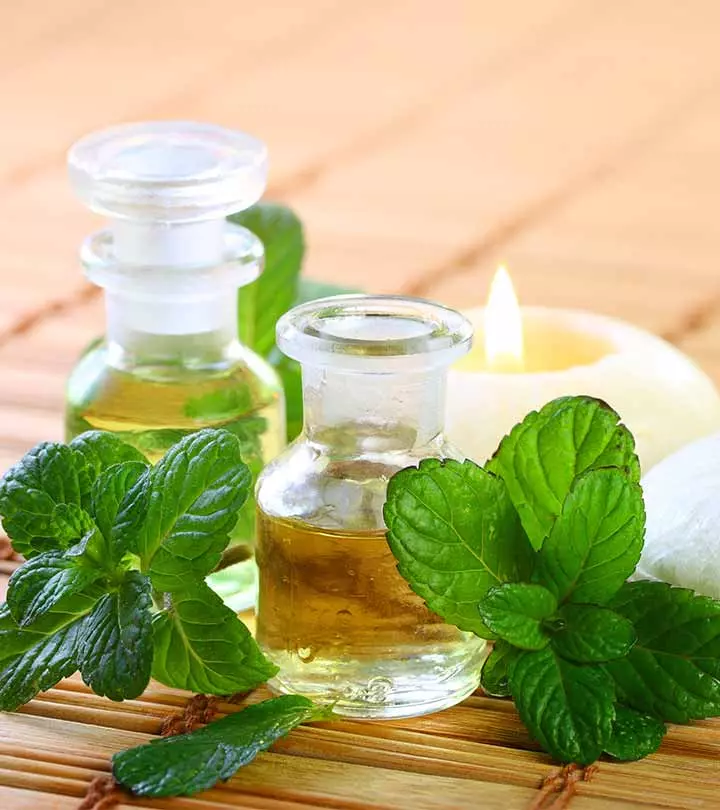
Image: ShutterStock
The benefits of peppermint go beyond giving you refreshing breath; Peppermint is packed with dietary fiber, folates, provitamin A (carotenoids), vitamin C, folate, calcium, iron, manganese, and zinc. This rich nutrient profile gives it a range of health-promoting properties. It has plenty of benefits for your skin, hair, and body. This article discusses the benefits of peppermint, its nutritional profile, and its side effects. Read on to learn more.
 Know Your Ingredient: Peppermint
Know Your Ingredient: PeppermintWhat Is It?
A hybrid mint herb made with watermint and spearmint plants known for its therapeutic effects.
What Are Its Benefits?
Soothes skin rashes, prevents acne, treats head lice, relieves gastrointestinal disorders, treats cold and flu symptoms, and reduces the risk of cancer.
Who Can Use It?
Everyone except pregnant women and lactating mothers.
How Often?
2 to 3 cups a day (peppermint tea)
Caution
It may aggravate existing gastro-oesophageal reflux conditions. Don’t take it with immunosuppressive drugs.
In This Article
Skin Benefits Of Peppermint
1. Heals Various Skin Issues
Peppermint is mostly used in topical creams, which are used to address a variety of skin issues. Its soothing properties make it an effective treatment for rashes, poison oak and poison ivy. It gives a strong healing effect to the skin (1).
2. Treats Oily And Greasy Skin
Peppermint leaves have been used widely for ages to treat oily and greasy skin. Menthol that is found in peppermint reduces the secretion of oil from the sebaceous glands, which is a natural way to help get an oil-free skin (2). To use:
- Apply freshly ground peppermint leaves on your face
- Leave it on for 10 minutes.
- You may also add honey to the paste to get better results.
- Wash it off and pat dry.
- You may also combine peppermint paste with jojoba oil or aloe vera to optimize the benefits.
3. Astringent, Antiseptic, And Anti-Inflammatory Properties
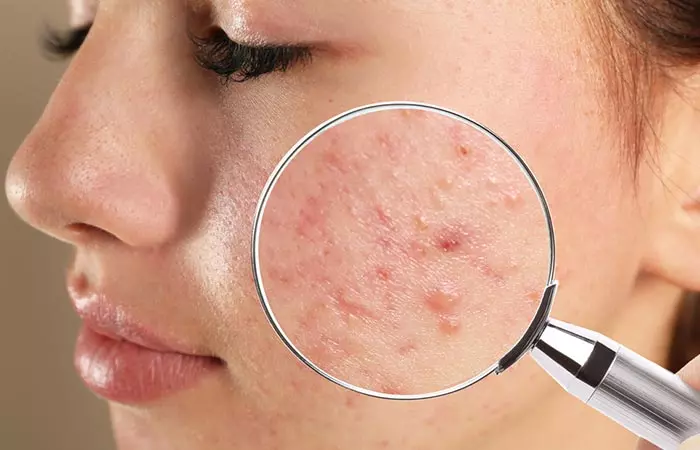

Peppermint is known to balance the pH levels of the skin. This helps balance the production of excessive oils in the skin, thereby reducing overall acne and breakouts. The astringent, antiseptic and anti-inflammatory properties of peppermint help diminish the appearance of acne, blackheads, rashes and redness of the skin (2). To use:
- Mix 2 drops of peppermint oil to your regular face wash
- Wash your face twice a day using this.
- You may also mix a drop or two of this oil to your night cream or moisturizer to treat acne and skin rashes.
Sarah Therese, a vlogger, shared her experience of consuming peppermint tea for her acne in her video. She said, “My hormonal acne was being slowed down. Healing a lot faster than usual. I am a lot clearer (i).”
4. Fights Suntan
Peppermint is a rich source of vitamins A and C and contains folates and omega-3 fatty acids, which help in fighting sun-related problems like sunburn (3). To use:
- You can apply the paste of peppermint leaves on your face or use peppermint oil topically to treat a sunburn.
- But if you are using peppermint oil directly on the face, dilute it with some oil to avoid skin inflammation.
Furthermore, peppermint contains a nutrient called Perillyl alcohol which prevents the formation of skin cancer cells.
5. Treats Athlete’s Foot
Peppermint can also help to treat athlete’s foot (4). To use:
- Massage the oil on your feet and leave it on overnight.
- Peppermint oil can also be used to reduce cellulite lines by rubbing the oil on the affected areas.
- Peppermint oil keeps the skin clean and prevents skin infections and blemishes.
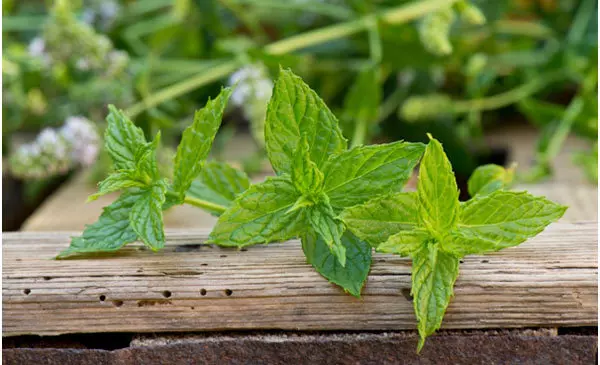
Key Takeaways
- Peppermint may help manage excess oil production, acne breakouts, sunburn, and athlete’s foot. It may boost hair growth, nourish hair follicles, and eliminate head lice.
- It may help manage respiratory issues, reduce the risk of cancer, and prevent gastric disorders and migraines.
- Peppermint possesses antimicrobial, analgesic, and astringent properties, making it a common ingredient in pain balms and decongestants.
- People with digestive issues like GERD, heartburn, and gallstones should avoid consuming peppermint.
Hair Benefits Of Peppermint
Peppermint is not just acclaimed for its skin benefits. It is equally famous for its ability to help rejuvenate hair and overcome hair-related issues. Some peppermint uses for hair include:
6. Effective Hair Tonic
You can use peppermint oil for hair by mixing it with other essential oils like tea tree oil, coconut oil, castor oil, and even Vitamin E oil to create an effective hair tonic.
7. Lice Reliever
Peppermint is a natural insect repellent. Applying peppermint oil to the hair can relieve you from lice (5). To use:
- Massage your hair properly with peppermint oil
- Leave it for 24 hours prior to washing your hair.
- Repeat this 3 times a week to get rid of lice completely.
- Alternatively, you can also dilute peppermint oil with olive oil if you experience any kind of skin irritation.
- Peppermint oil also reduces the itchy sensation associated with dandruff.
8. Promotes Hair Growth

Peppermint oil gives a tingling sensation when massaged onto the scalp which means that the oil is working at balancing the pH levels. This helps to neutralize the effect of excessive oil production. Thus it reduces hair greasiness. This stimulates hair follicles and increases blood circulation in the scalp, promoting hair growth (6).
9. Hydrates Hair Follicles
Peppermint hydrates the hair follicles from within to give you smooth, shiny and soft hair. Rub a few drops of peppermint oil on your hands and smooth it through the hair. Moreover, peppermint oil is non-greasy and will leave your hair pleasantly scented. It can also be used with hair straightening tools such as a hair-protecting serum.
Health Benefits Of Peppermint
Several modern researchers have concluded the numerous benefits of this herb. It has analgesic, aesthetic, astringenti A chemical that temporarily shrinks body tissues or skin cells to tighten pores and reduce oil production. , decongestant, antiseptic and antimicrobial properties, which can help to treat a number of health conditions like cold, flu, sinusitisi A condition in which cold or allergies affect the cavities around the nasal passage for up to eight weeks. , dry cough, fever, chills and digestive problems. Peppermint leaves health benefits include the following:
10. Great Source Of Dietary Fiber
It contains a good amount of dietary fiber, which helps to lower cholesterol and with blood sugar management (7).
 Trivia
Trivia11. Has Analgesic Property
Menthol in peppermint acts on the cool sensitive receptors on the skin, mouth and throat, which provide a cooling sensation when inhaled, eaten, or applied topically to the skin. This property of peppermint makes it an indispensable material in the preparation of cough syrup, lozenges, and nose inhalers. Menthol is also used in the preparation of pain-relieving ointments and topical muscle relaxants for its analgesic properties (1).
12. Prevents Gastric Disorders

Peppermint oil is known to relieve symptoms of irritable bowel syndrome, including indigestion, dyspepsiai Also known as indigestion, it causes a recurring burning sensation in the belly and nausea after consuming excess food or drinks. and colonic muscle spasms. These healing properties are due to its muscle-relaxing abilities. It also creates better bile flow, which is crucial for fat digestion. Once the intestine muscles are smoothened, there are relatively fewer chances of spasms and indigestion. Thus when we consume peppermint in the form of tea, it moves more quickly through the stomach to relieve pain that is associated with the digestive tract. It also prevents digestive issues like gastritis, diarrhea, bloating and stomach pain (8), (9).
13. Clears Respiratory Congestion
Peppermint is also used to treat colds and flu and their symptoms. It kills the bacteria and virus that cause the flu and relieves pain from the aching body. It also provides relief from cough and congestion (10). It is a common ingredient in balms used on the chest to relieve chest aches. For nasal congestion and sinusitis, drinking peppermint tea and inhaling its vapor is said to surely help.
- Add one tablespoon of peppermint leaves into water
- Boil the water for a few minutes.
- Add 1 teaspoon of honey to add some taste to it.
- Drink this tea at least 2 to 3 times a day.
- For dry cough, massage a few drops of peppermint oil on the chest 2 to 3 times per day.
The menthol present in peppermint thins the mucous, lubricates the respiratory tract and helps to bring out the dried phlegm from the lungs.
14. Combats Bad Breath

Peppermint is also used in oral hygiene products like mouth fresheners, tongue spray and mouthwash to combat bad breath. It is also used as a flavoring agent in candies and chewing gums, which provides freshness to your breath (5).
15. Is A Potential Anti-Cancer Agent:
Peppermint is a potential anti-cancer agent. It contains Perillyl alcohol, a phytonutrient, which is shown to stop the growth of pancreatic, mammary and liver tumors. It also protects against the formation of colon, skin and lung cancer. Vitamin C in peppermint plays a moderate role in decreasing colon cancer risk. Vitamin C is the main water-soluble antioxidant, which is needed to decrease the levels of free radicals that cause damage to cells (11), ( 12). Beta carotene and other carotenoids have also shown to reduce the risk of developing colon and rectal cancer.
Cartenoids are also known to increase cell differentiation and protect the cells against carcinogenic chemicals that could damage DNA.
16. Inhibits Growth Of Bacteria And Fungi
Peppermint contains several essential oils, which help to stop the growth of different kinds of bacteria. These bacteria include: Helicobacter pylori, Salmonella enteritidis, Escherichia coli O157:H7 and methicillin-resistant Staphylococcus aureus (MRSA). It also inhibits the growth of fungi in the body (1), (13).
17. Heals Respiratory Diseases
Rosmarinic acid in peppermint is known to have several beneficial actions in respiratory diseases, particularly asthma. Rosmarinic acid blocks the production of pro-inflammatory chemicals such as leukotrienes and neutralizes free radicals to prevent asthma. Peppermint also encourages the body to make prostacyclins, a substance that keeps the airways open for easy breathing. Extracts of peppermint also relieve nasal symptoms of colds related to allergies (10), (14).
18. Vasodilatory Effects
Peppermint has vasodilatory effects that help in the dilation of constricted blood vessels to prevent headaches and migraines. All you need to do is apply a few drops of peppermint oil on your forehead, temples and back to reduce the pain (1). If you are sensitive to peppermint oil, then you can dilute it with coconut oil or olive oil before its application.
19. Analgesic And Anti-Inflammatory Properties
Peppermint’s analgesic and anti-inflammatory activity may also help with muscular pains and arthritis (15). Apply a few drops of peppermint oil on the affected areas and massage for a few minutes. For strained muscles after a strenuous workout, add a few drops of peppermint oil to a warm water bath to relax and soothe strained muscles. Peppermint also helps to treat menstrual cramps. Drink one cup of peppermint tea 2 to 3 times a day to soothe menstrual pains.
20. Reduces Stress, Emotional Imbalance, And Anxiety
Peppermint contains therapeutic qualities that canhelp to reduce stress, emotional imbalance, and anxiety (16). All you need to do is burn peppermint oil in a diffuser or burner and relax for around 30 minutes. Breathe in through the nose and out through the mouth, while inhaling the peppermint aroma and let your body relax. Repeat this aromatherapy for 3 weeks to help get rid of unwanted tension and anxiety.
21. May Improve Nausea
also include alleviating the symptoms of nausea and vomiting. The active compounds in peppermint such as menthol and menthone are responsible for their distinctive aroma and help ease discomfort in the digestive tract and relieve nausea (17). One study published in the Complementary Therapies in Medicine Journal found that inhaling the aroma of peppermint oil may help reduce the frequency of nausea in people undergoing chemotherapy (18). However, more research is needed in this regard.
Note: Always dilute one or two drops of peppermint essential oil with a carrier oil before using, due to its adverse effects.
 Trivia
TriviaSelection, Storage, And Usage
Selection
- Fresh and dry peppermints are available throughout the year, making it easy for you to buy when needed.
- Fresh peppermint leaves are any day preferable than the dry ones as they keep its flavor and nutrients intact.
- Fresh peppermint leaves should be vibrant green in color and with firm stems. It should not have any dark brown or yellow spots on it.
- If you prefer dry mints, then purchase organically grown peppermint leaves as this will ensure that they are free from pesticides and other harmful chemicals.
Storage
- You can refrigerate the fresh ones locked in a zip pouch or a paper towel.
- Fresh peppermint leaves should be consumed within a week’s time while dried mint can be stored for a few months in an air-tight container.
Usage
- Peppermint should be washed thoroughly before using to remove sand, dirt and residual pesticides.
How To Use Peppermint Leaves
Mint is used in the preparation of recipes to keep the fragrance and aroma intact. It is also used as a flavoring base in desserts like ice cream and other confectioneries. Moreover, it is used extensively in the preparation of herbal tea, soups and sauces. Mint leaves are also a great addition to green salads and as a garnish.
Peppermint can also be consumed in various forms. For example, you can use peppermint topically to relieve muscle pain, headaches, and sinus congestion. It can also be inhaled to clear airways and improve breathing. Moreover, Peppermint supplements, such as capsules or tablets, offer a convenient way to reap the benefits of peppermint, particularly for digestive issues and cognitive function.
 Quick Tip
Quick TipSide Effects Of Peppermint
There are a few adverse side effects of peppermint worth noting. People struggling with gastroesophageal reflux disease (GERDi A chronic digestive disease caused by the flow of stomach acid into the food pipe while causing irritation along its lining. ) should limit the consumption of peppermint as the compounds in peppermint make the muscles in the oesophageal wall smooth and relaxed. This can aggravate their reflux. Patients suffering from heartburn, acid reflux, and gallstones should also avoid peppermint. Peppermint leaves are not recommended for pregnant, lactating mothers and children.
Peppermint should be strictly avoided if you are taking cyclosporine or any other medication preventing transplant rejection.
How do you include peppermint leaves in your diet? Do you know of more benefits of the herb? Please share some more interesting trivia on peppermint leaves in the comments. Stay fit, stay healthy!
Nutritional Value Of Peppermint
Here is a chart with all the nutrition details of peppermint:
| See the table below for in depth analysis of nutrients:Peppermint (Mentha piperita), Fresh, Nutritive Value per 100 g. (Source: USDA National Nutrient data base) | ||
| Principle | Nutrient Value | Percentage of RDA |
|---|---|---|
| Energy | 70 Kcal | 3.5% |
| Carbohydrates | 14.79 g | 11% |
| Protein | 3.75 g | 7% |
| Total Fat | 0.94 g | 3% |
| Cholesterol | 0 mg | 0% |
| Dietary Fiber | 8 g | 20% |
| Vitamins | ||
| Folates | 114 µg | 28% |
| Niacin | 1.706 mg | 10.5% |
| Pantothenic acid | 0.338 mg | 6.5% |
| Pyridoxine | 0.129 mg | 10% |
| Riboflavin | 0.266 mg | 20% |
| Thiamin | 0.082 mg | 7% |
| Vitamin A | 4248 IU | 141% |
| Vitamin C | 31.8 mg | 53% |
| Electrolytes | ||
| Sodium | 31 mg | 2% |
| Potassium | 569 mg | 12% |
| Minerals | ||
| Calcium | 243 mg | 24% |
| Copper | 329 µg | 36% |
| Iron | 5.08 mg | 63.5% |
| Magnesium | 80 mg | 20% |
| Manganese | 1.176 mg | 51% |
| Zinc | 1.11 mg | 10% |
Infographic: 5 Good Reasons To Use Peppermint
Peppermint is a hybrid herb rich in essential vitamins and minerals that help soothe skin rashes and relieve cold and flu symptoms, making it a good addition to your life. Check out the following infographic to learn the various ways in which peppermint improves your health and well-being.
Some thing wrong with infographic shortcode. please verify shortcode syntaxPacked with dietary fiber, provitamins, folate, and essential minerals, peppermint has a host of health benefits primarily for your skin, hair, respiratory, and digestive health. Whether it is the anti-inflammatory and antiseptic properties that help heal rashes and sunburn or its soothing menthol composition that helps relieve cold and congestion, peppermint benefits are commonly included in many home remedies. It also helps reduce stress and anxiety making you feel better inside and out. Peppermint can be included in your diet and wellness routine quite easily in the form of peppermint leaves, tea, or essential oils.
Frequently Asked Questions
Is there a difference between peppermint and mint?
Yes. Mint refers to a group of plants that includes spearmint and peppermint.
Does peppermint give you energy?
Peppermint helps reduce fatigue and thus boost energy levels (19).
Does peppermint help you sleep?
Yes. Inhaling peppermint essential oil can help improve your sleep quality (20).
Illustration: Health Benefits Of Peppermint, Nutrition, & Side Effects
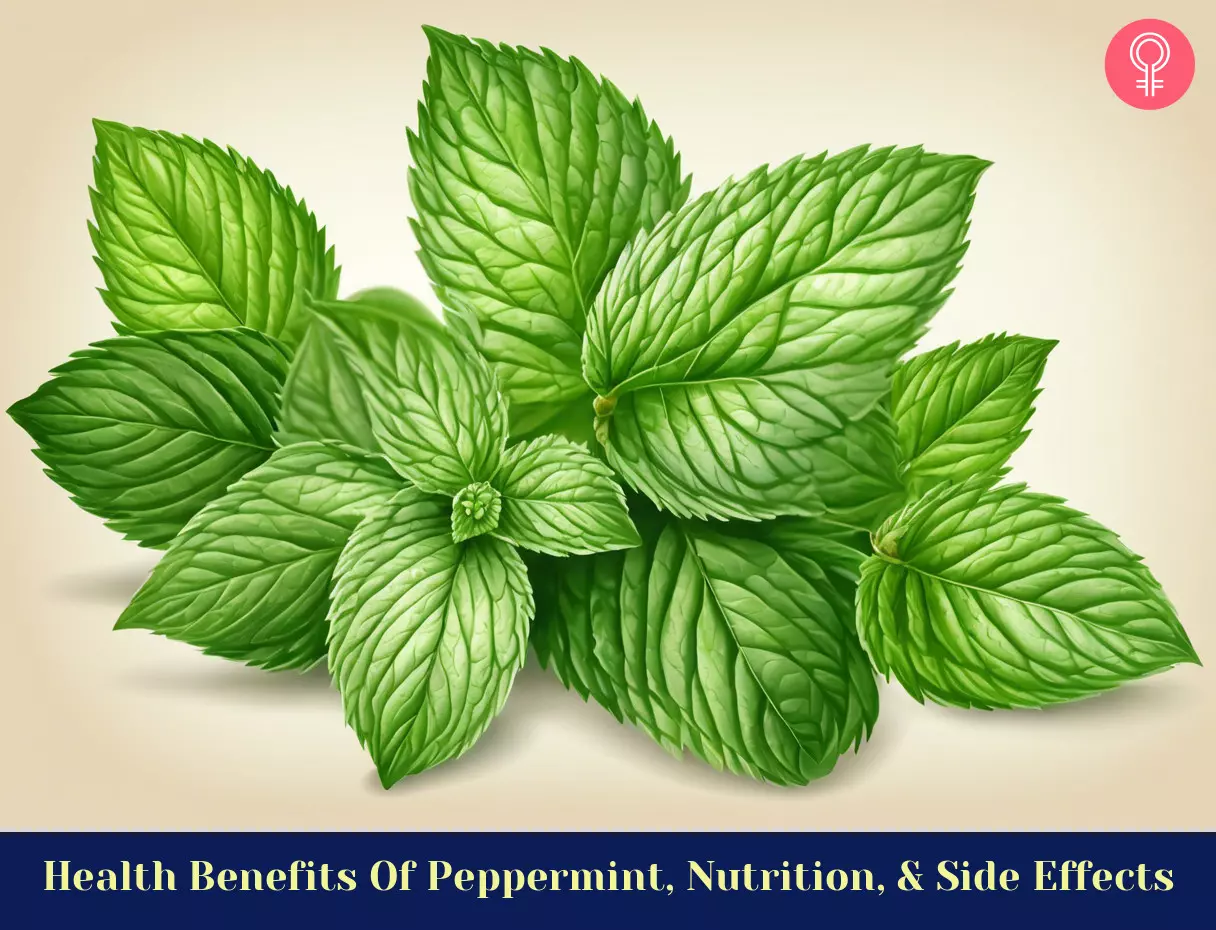
Image: Stable Diffusion/StyleCraze Design Team
Start drinking peppermint tea today and experience its amazing benefits. From aiding digestion to relieving stress, watch this video to know more about why this soothing tea should be included in your diet.
Personal Experience: Source
StyleCraze's articles are interwoven with authentic personal narratives that provide depth and resonance to our content. Below are the sources of the personal accounts referenced in this article.
i. I Drank Tea For 30 Days To Clear My ACNE | Before & Afterhttps://www.youtube.com/watch?v=fPpGw8NfquQ
References
Articles on StyleCraze are backed by verified information from peer-reviewed and academic research papers, reputed organizations, research institutions, and medical associations to ensure accuracy and relevance. Read our editorial policy to learn more.
- Therapeutic Uses of Peppermint –A Review
https://www.jpsr.pharmainfo.in/Documents/Volumes/vol7Issue07/jpsr07071524.pdf - Commercial Essential Oils as Potential Antimicrobials to Treat Skin Diseases
https://www.ncbi.nlm.nih.gov/pmc/articles/PMC5435909/ - In vitro sun protection factor determination of herbal oils used in cosmetics
https://www.researchgate.net/publication/51539723_In_vitro_sun_protection_factor_determination_of_herbal_oils_used_in_cosmetics - Antifungal Properties of Essential Oils and Their Compounds for Application in Skin Fungal Infections: Conventional and Nonconventional Approaches
https://pubmed.ncbi.nlm.nih.gov/33669627/ - A REVIEW ON PEPPERMINT OIL
https://www.innovareacademics.in/journal/ajpcr/Vol2Issue2/187.pdf - Peppermint Oil Promotes Hair Growth without Toxic Signs
https://www.researchgate.net/publication/270966711_Peppermint_Oil_Promotes_Hair_Growth_without_Toxic_Signs - Investigation of the effects of peppermint (Mentha piperita) on the biochemical and anthropometric profile of university students
https://www.scielo.br/j/cta/a/wSDHwc9RV7svZ8xg4H5YJyb/?format=pdf&lang=en - The impact of peppermint oil on the irritable bowel syndrome: a meta-analysis of the pooled clinical data
https://www.ncbi.nlm.nih.gov/pmc/articles/PMC6337770/ - Review article: The physiologic effects and safety of Peppermint Oil and its efficacy in irritable bowel syndrome and other functional disorders
https://www.ncbi.nlm.nih.gov/pmc/articles/PMC5814329/ - Essential oils in the treatment of respiratory tract diseases highlighting their role in bacterial infections and their anti‐inflammatory action: a review†
https://www.ncbi.nlm.nih.gov/pmc/articles/PMC7163989/ - Peppermint, fresh
https://fdc.nal.usda.gov/food-details/173474/nutrients - High-Dose Vitamin C Tends to Kill Colorectal Cancer with High MALAT1 Expression
https://www.hindawi.com/journals/jo/2025/2621308/ - Peppermint Oil Decreases the Production of Virulence-Associated Exoproteins by Staphylococcus aureus
https://www.ncbi.nlm.nih.gov/pmc/articles/PMC6259925/ - A review of the bioactivity and potential health benefits of peppermint tea (Mentha piperita L.)
https://onlinelibrary.wiley.com/doi/10.1002/ptr.1936 - Anti-osteoarthritis potential of peppermint and rosemary essential oils in a nanoemulsion form: behavioral, biochemical, and histopathological evidence
https://www.researchgate.net/publication/349171416_Anti-osteoarthritis_potential_of_peppermint_and_rosemary_essential_oils_in_a_nanoemulsion_form_behavioral_biochemical_and_histopathological_evidence - The effect of Mentha piperita L. on the mental health issues of university students: A pilot study
https://jppres.com/jppres/pdf/vol9/jppres20.932_9.1.49.pdf - Review article: the physiological effects and safety of peppermint oil and its efficacy in irritable bowel syndrome and other functional disorders
https://onlinelibrary.wiley.com/doi/10.1111/apt.14519 - Volatile Terpenes and Brain Function: Investigation of the Cognitive and Mood Effects of Mentha × Piperita L. Essential Oil with In Vitro Properties Relevant to Central Nervous System Function
https://www.ncbi.nlm.nih.gov/pmc/articles/PMC6116079/ - Comparing the effect of aromatherapy with peppermint and lavender on the sleep quality of cardiac patients: a randomized controlled trial
https://sleep.biomedcentral.com/articles/10.1186/s41606-020-00047-x#Sec13
Read full bio of Janelle Bigelman
Read full bio of Ravi Teja Tadimalla
Read full bio of Arshiya Syeda
Read full bio of Sindhu Koganti






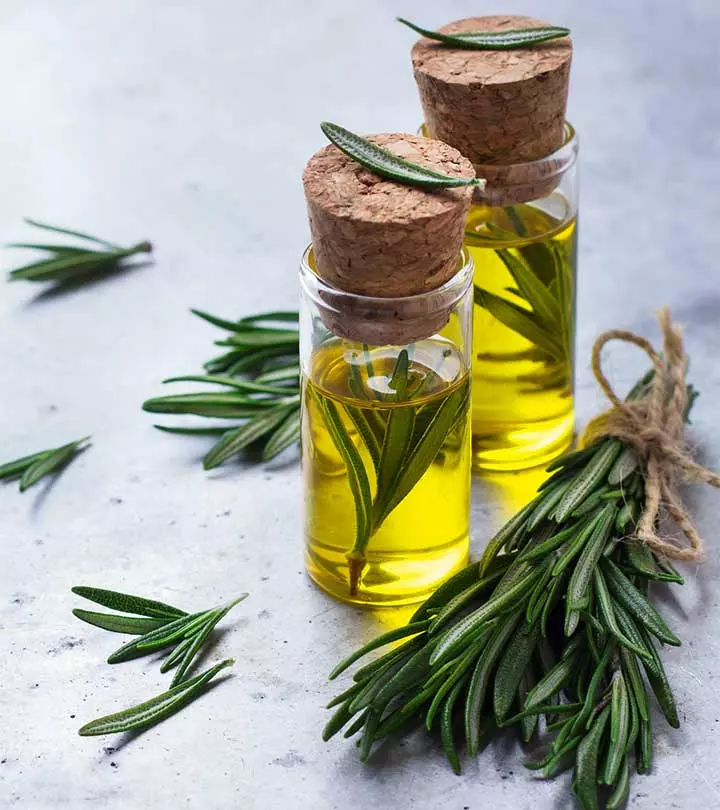

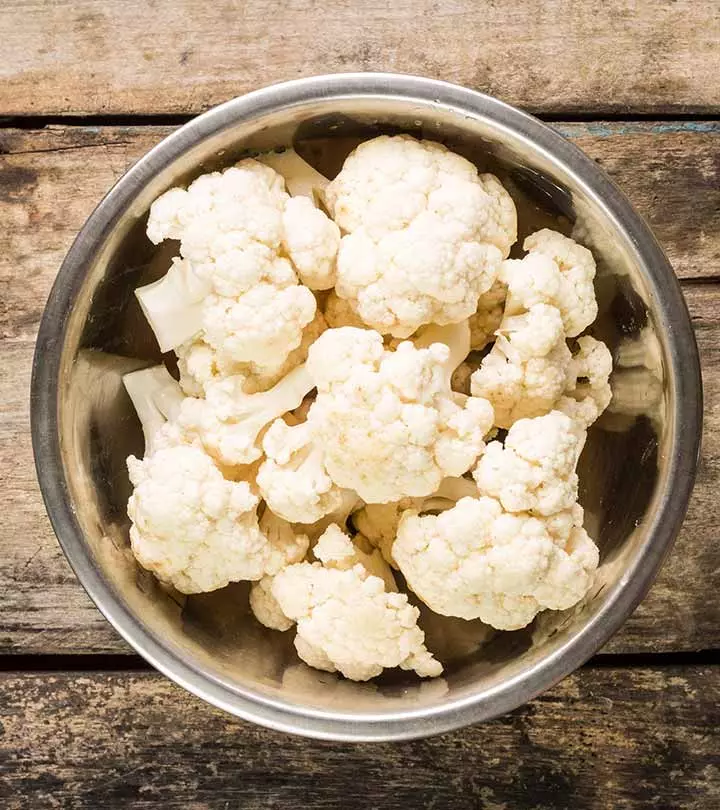
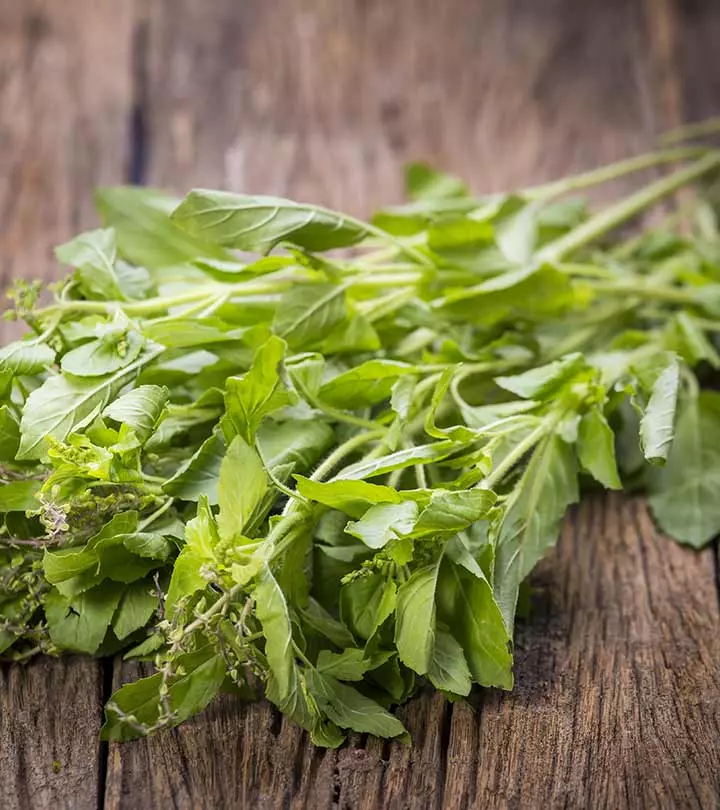

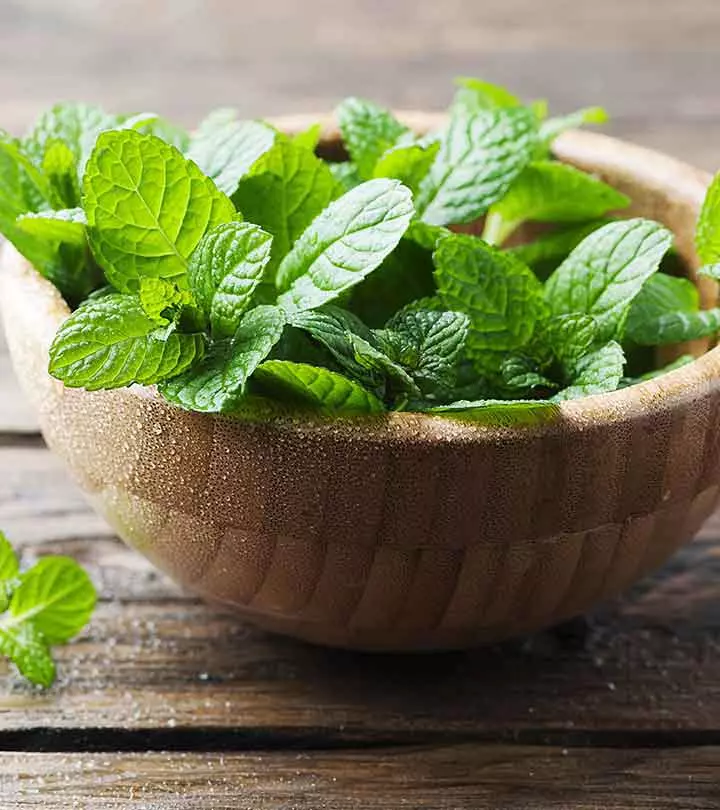
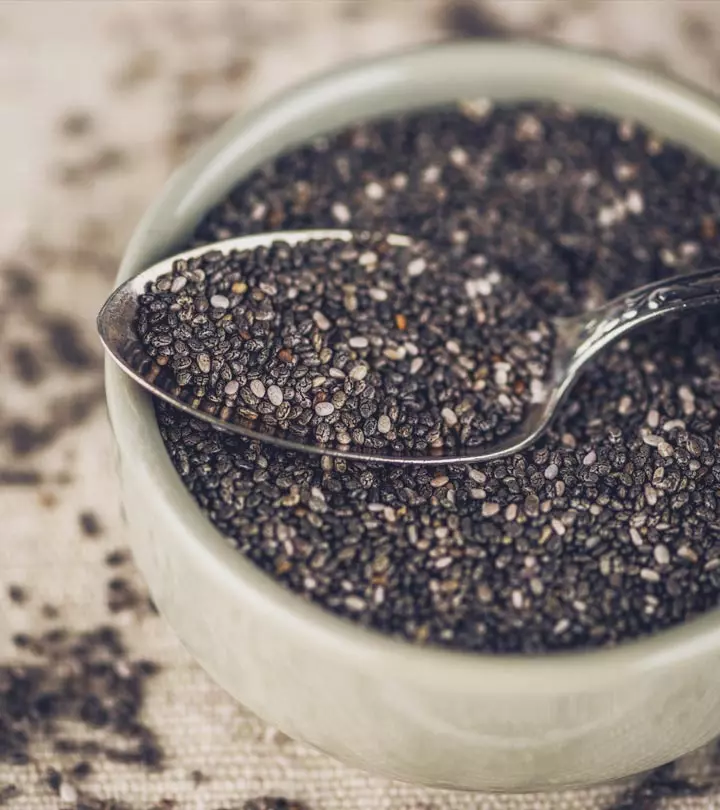
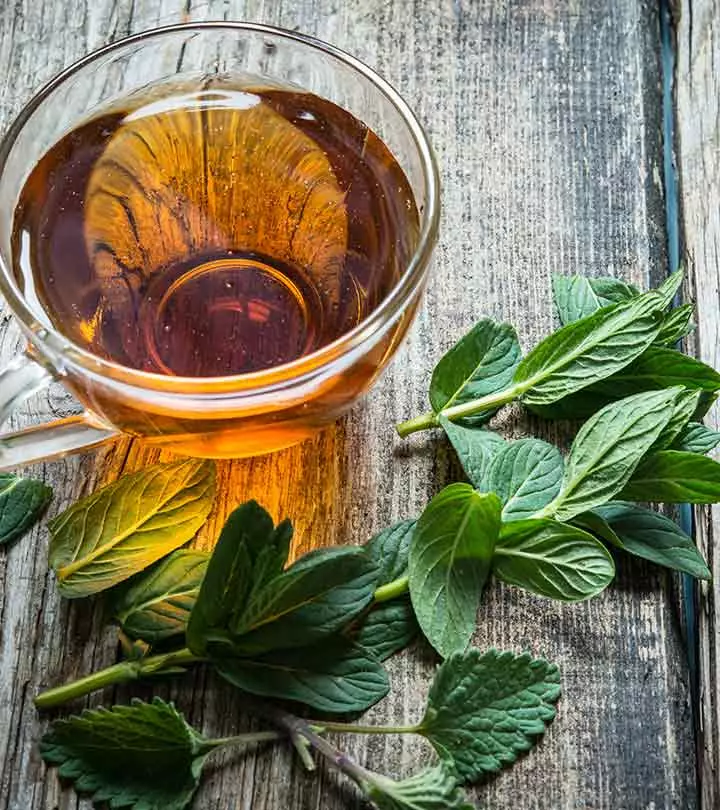
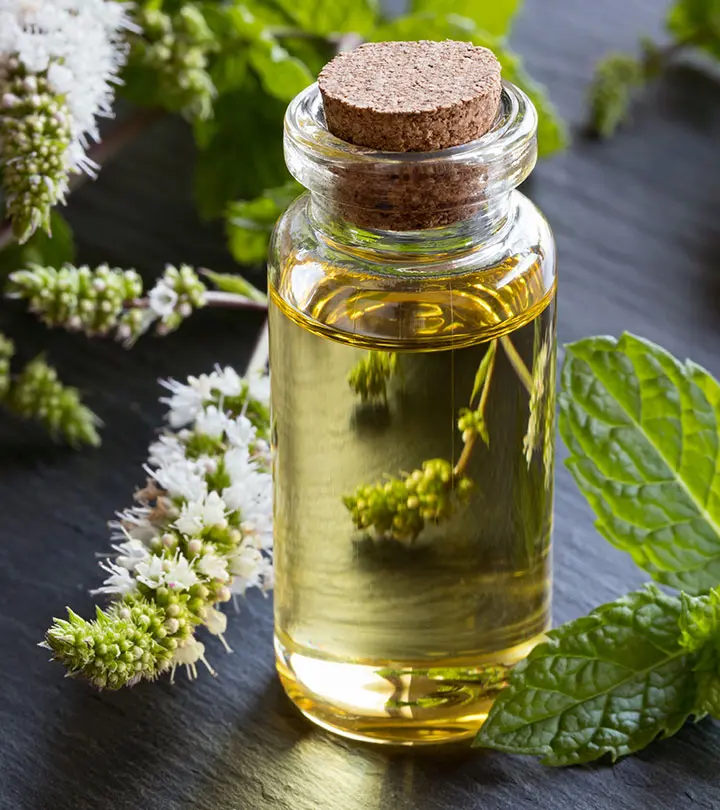
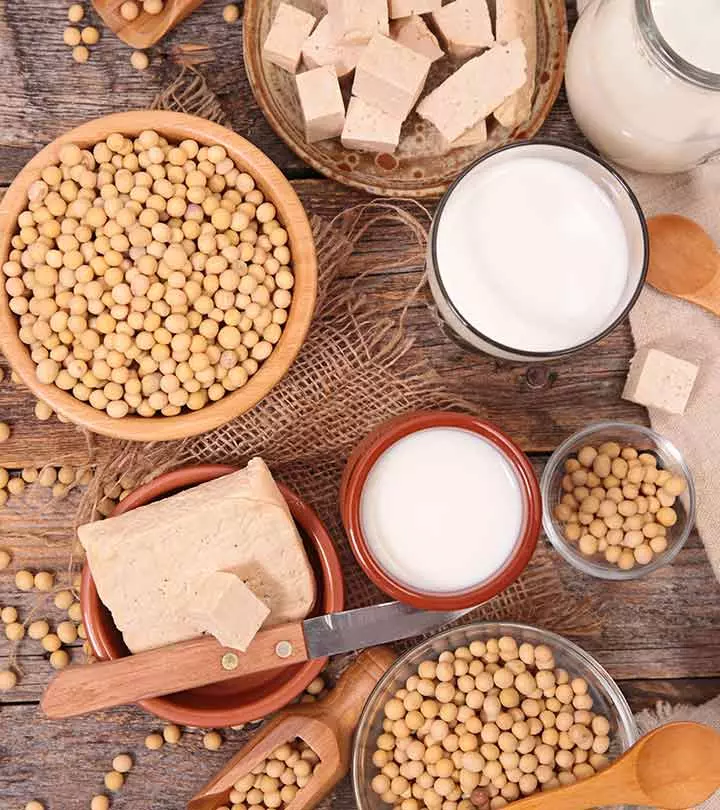
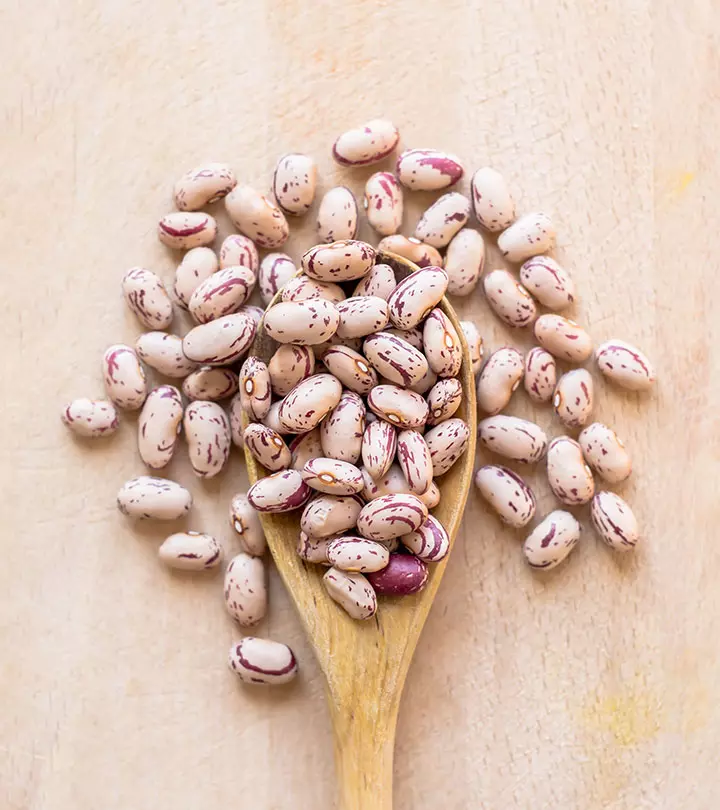
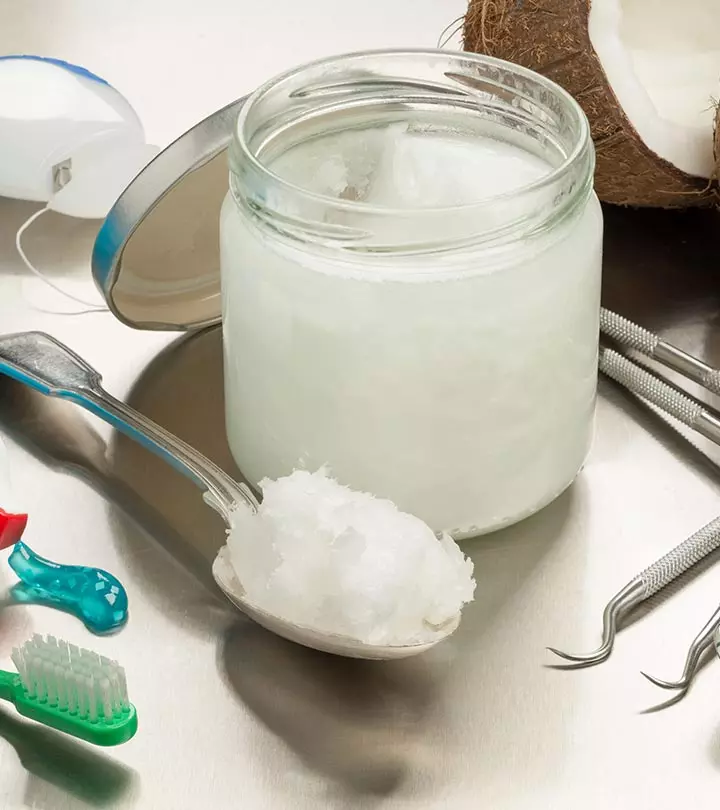
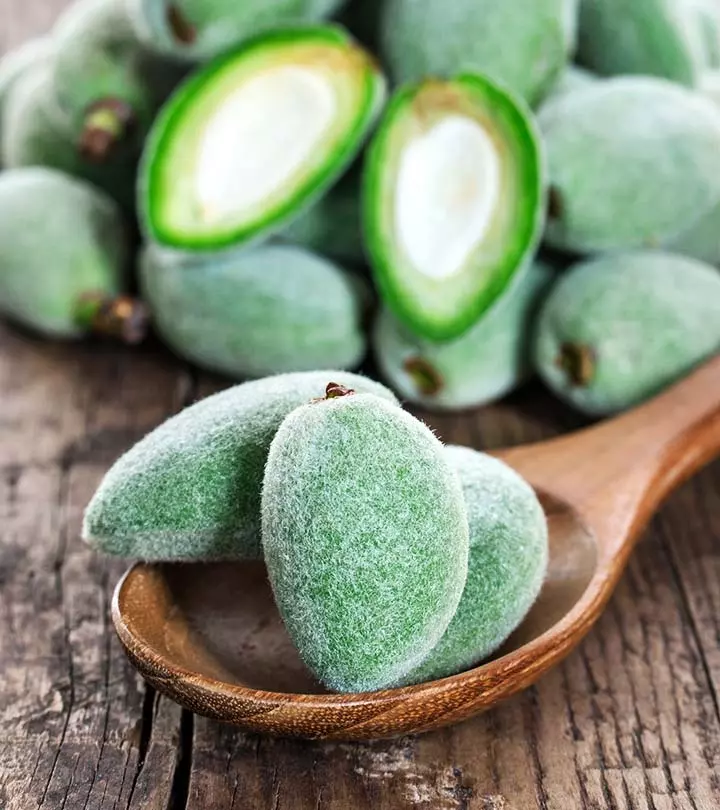
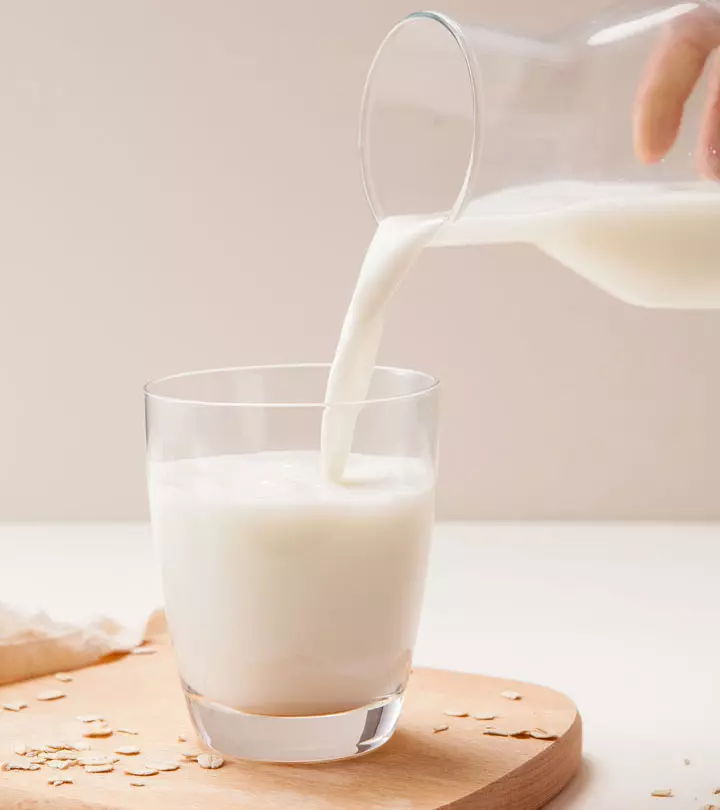
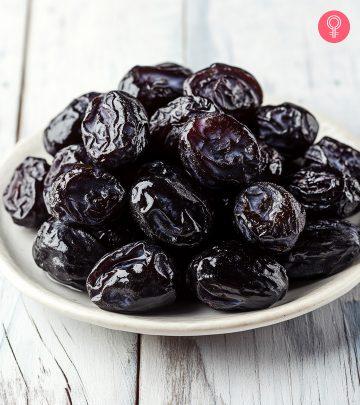
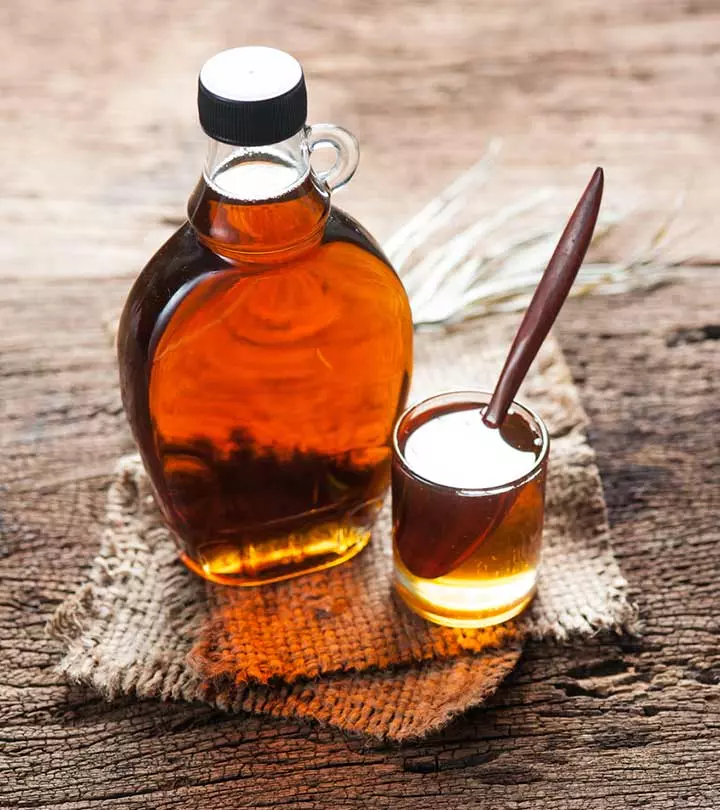
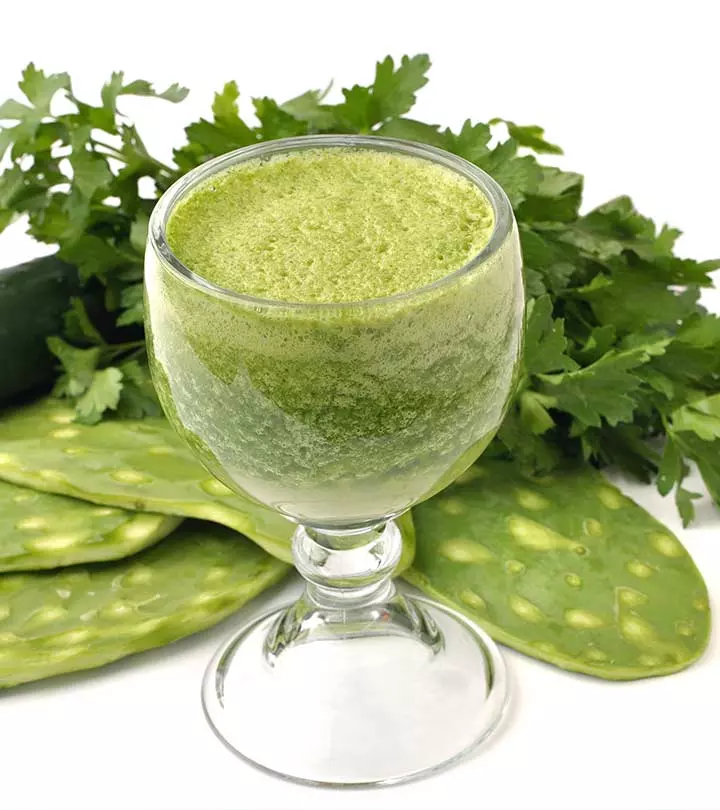
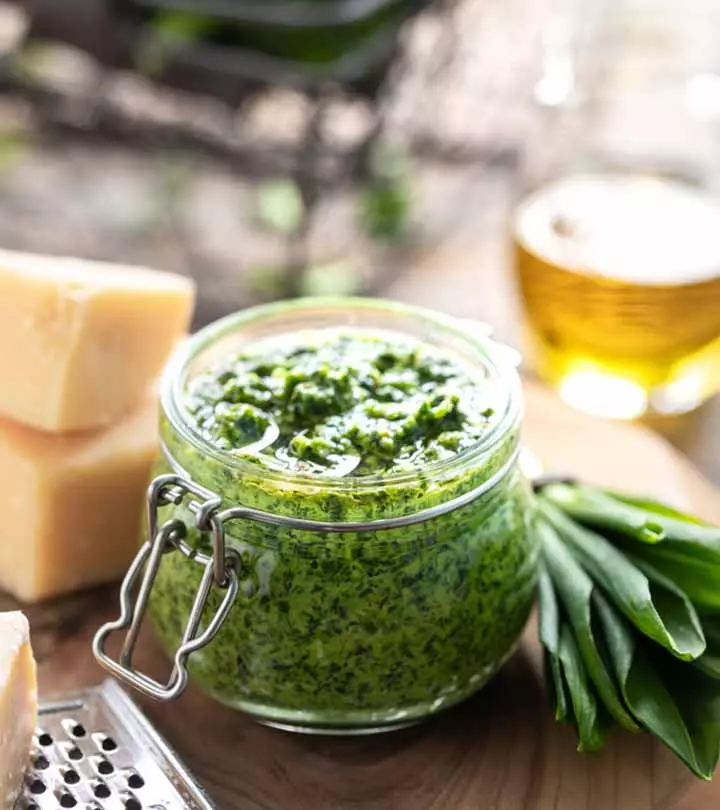


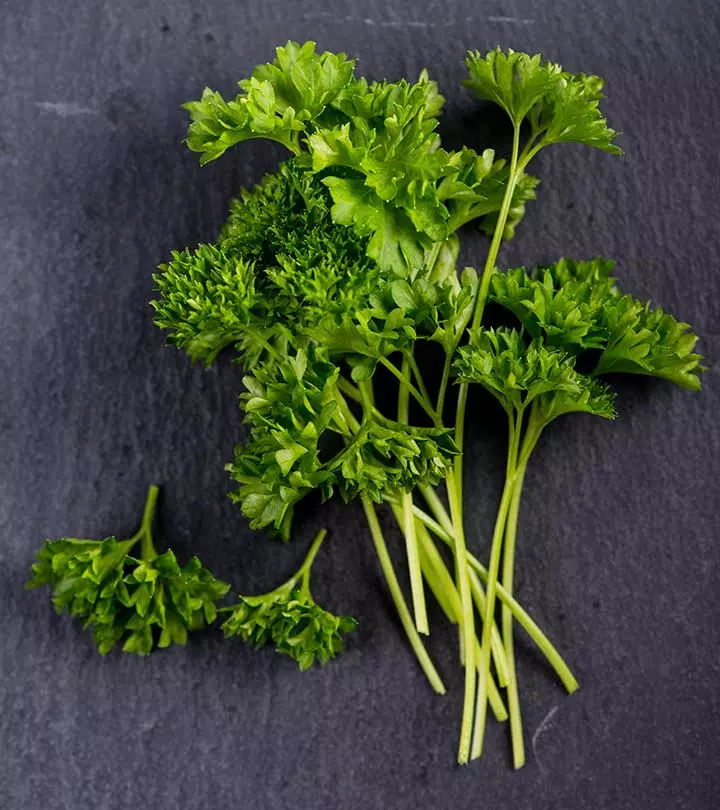
Community Experiences
Join the conversation and become a part of our empowering community! Share your stories, experiences, and insights to connect with other beauty, lifestyle, and health enthusiasts.